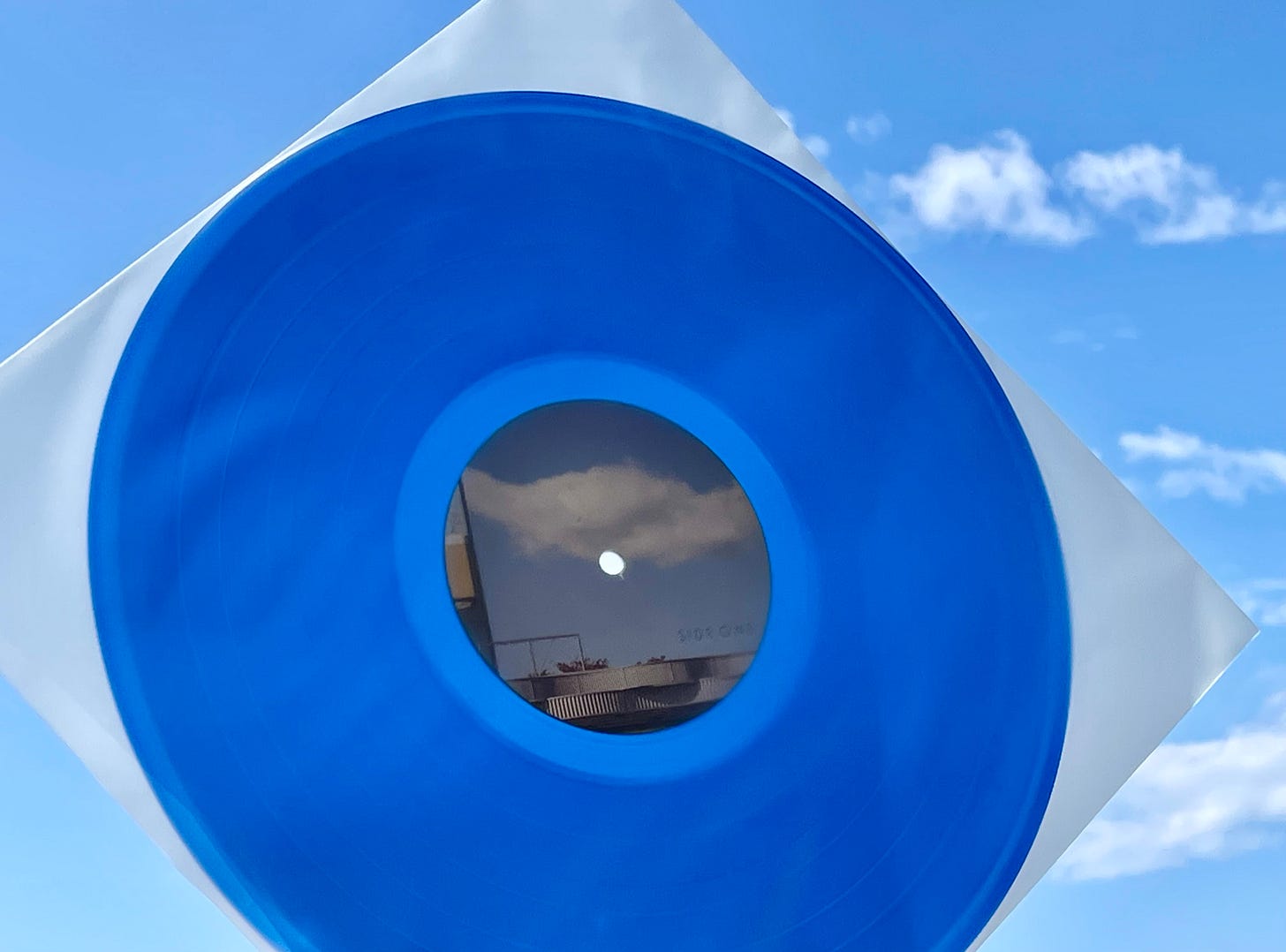The Contingency of Listening
The MoFi Kerfuffle
In the last few weeks, there’s been a kerfuffle in record collector circles. Mobile Fidelity Sound Lab (known as MoFi), a high-end vinyl label, was found to be using a digital process as part of its productions. That may not seem like shocking news, but MoFi marketing materials had claimed – or at least implied – that their productions were 100% analog. And 100% analog was seen by many as justification for $100+ prices.
Worse than any money spent, I’m sure, was the investment of prestige some had put into these supposedly all-analog records. Imagine how many conversations (likely they were more lectures) exhaustively detailed the superiority of 100% analog reproduction, while listening to an album that had made use of digital technology.
If you want to sample reaction to that news from collectors, you can browse this thread in the Steve Hoffman forum. It’s currently 753 pages long.
The many debates provoked by the incident seem to center around an agreed-upon goal: how to get closest to hearing the original master tape of an album? That is what MoFi has been pitching as their mission, and what their buyers have been paying for.
But in my experience, that goal is questionable to start with - as questionable as assuming a high-priced record is a good record. Albums are mixed in order to be reproduced. When that process truly was 100% analog – the last of my own records made that way was Galaxie 500’s second album, in 1989 – the master tape was deliberately mixed with more high end than desired, because it was predictable that some of that would be lost in the reproduction process toward pressed records.
In other words, the original master tape is not how those analog albums were meant to sound. The record is.
There is a further irony as we add digital into the picture. Digital reproduction does not alter the master the way that analog does. For many commercial CDs, the final product actually is the original master, and vice-versa. Even when a digital master is higher resolution than CDs can reproduce, it is still possible to listen to them via computers without any degradation at all.
When CDs first came out, many of them sounded awful in part for this very transparency – they were duplicating analog master tapes more or less directly, rather than interpreting how they were meant to sound at the end of the process for reproducing records. Digital was blamed for those “harsh” CDs - but that is also simply how some analog master tapes can sound.
As we all got used to digital, engineers learned to mix differently for the CD – the high end that went into the master was going to stay that way, so you had to make sure it sounded right at the start. You could also load the bass way more heavily than before, because you didn’t have to worry about bouncing a needle out of its groove.
Now we get to a nutty problem about the vinyl revival. If an album was originally mixed with digital reproduction in mind, because it was made in the era of CDs… and you now put that master through the analog reproduction process for vinyl without compensating… you get a muddy sounding record, too heavy in the low end and without sparkle in the highs.
Or is that analog “warmth”?
What this all points to, for me, is the contingency of listening. I don’t believe there is a single ideal for audio, as much of the MoFi-sparked debate seems to presume, because there is no one way to hear a recording. How the recording sounds depends on how we are listening to it, more than how it got there.
For example: our albums always sound one way in the studio, where we hear them through Yamaha NS-10s, a speaker no one loves but many engineers have learned to use as a predictive tool for how recordings will sound after reproduction.
They always sound better - fuller, more spacious - once our brilliant mastering engineer Alan Douches has done his part to prepare them. But they still never sound the same way twice.
When we listen to them in the car, they have no bass because the car has so much of its own.
When we listen to them at home, they sound one way in the dining room where we have small speakers, and one way in the living room where we have bigger ones, and one way in our office where we have a boombox.
They sound different on LP and on CD, and via digital download at full resolution.
And they always sound worst streaming! (Because of lossy compression. That’s a story for another day.)
So here’s my take on the MoFi controversy. Let the mastering engineers do their thing, using whatever technology they find best. Get the reproduced music however you can. And focus on the analog component you are going to have to add to the chain in the end, no matter what. Your ears.
Listening to: our own new vinyl, finally back from the pressing plant!
Cooking: sweet corn picked the same day, submerged five minutes in boiling water with the flame turned off


Great explanation and “inside baseball” look at studio processes. Would like to link to this post in my regular Friday post on Michael Acoustic. We’ve been discussing some of these issues and you’ve explained much of them better than I ever could! Would that be okay with you? Thanks!!
Michael Acoustic
Congratulations on the record!
And on eating corn the same day it was picked - the only way to eat it! (I prefer grilling it in the husk tho..)